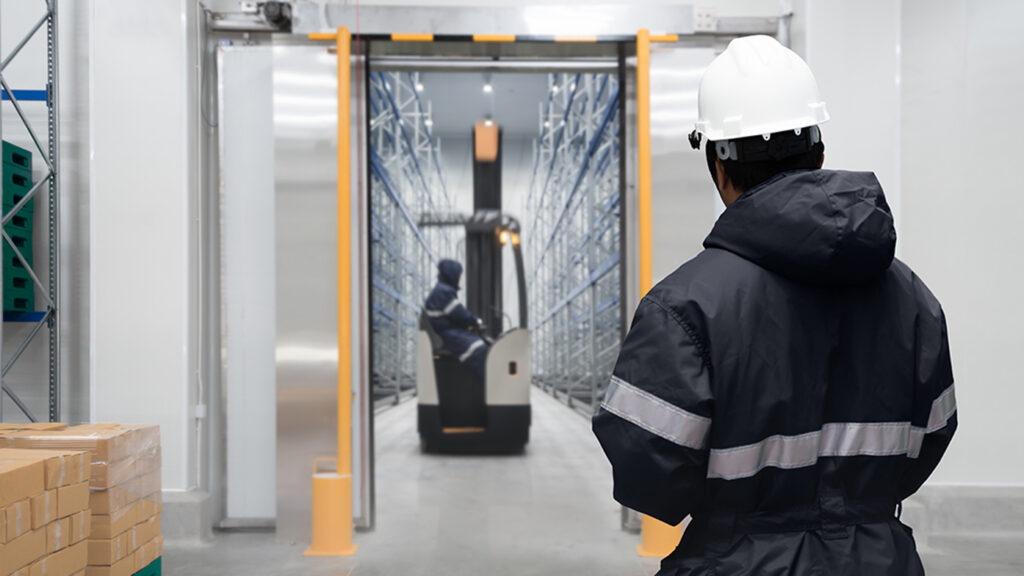Colliers Capital Markets recently spoke with Rick Kingery, Senior Vice President and leader of Colliers’ Food & Beverage practice group, about the key trends in the cold storage business.
Colliers Capital Markets (CCM): What are the biggest pressure points for occupiers today?
Rick Kingery (RK): The top two are labor and input cost inflation. Most major occupiers have started portfolio rationalization strategies to reduce the number of offerings (SKUs) in the marketplace. Too many SKUs can drag down profits with frequent changeovers at the factory, driving up production costs and reducing throughput. Reducing the SKUs can also free up warehouse space for faster-moving product and reduce the number of pallet positions required in the distribution network. For the consumer, expect fewer choices on the shelves at your local grocery store within the coming months—but maybe we didn’t need so many varieties of “cherry” to begin with!
CCM: It’s no secret that industrial vacancies are low, and rents are at record highs. Is this causing any shift in occupier behavior?
RK: Occupiers realize that cold/frozen space in the size and configuration they want is unavailable in the exact location they want, so the pivot to finding something that can be practically used or farther afield is happening faster. With rents spiking, there is also a move to discuss and analyze secondary markets as an alternative location.
“Occupiers realize that cold/frozen space in the size and configuration they want is unavailable in the exact location they want, so the pivot is to finding something that can be practically used or farther afield is happening faster.”
CCM: Much of our cold storage inventory is older-generation product. Are you seeing investment in building the next generation of this space?
RK: Yes. Many new entrants to cold development have arrived on the scene, pushing some new product into markets speculatively. Some of these developers have specialized in a “cold box within a box” strategy, and some are building more traditionally on spec and tailoring to suit as clients come along. To excel at speculative cold, developers must deliver flexibility of temperature zones within the buildings they’re taking to market. No two users have the same cold-to-frozen mixture based on product position needs, so allowing them to crank the temperature down or up as demand requires is helpful for leasing.
“To excel at speculative cold, developers must deliver flexibility of temperature zones within the buildings they’re taking to market.”
CCM: How does a new cold storage facility differ from prior generation space?
RK: Clear heights are the biggest difference. Building a frozen box is incredibly expensive. You must go higher in the air to get the yield on such a proposition. On the cold side, the product has a shorter shelf life. The facility must be able to turn over product rapidly to avoid spoilage, so automation investments are coming on fast and strong.
CCM: Population growth has been concentrated in the Southeast and Southwest. Have food service distribution networks evolved as a result?
RK: Food production and distribution networks are growing across the Sunbelt for certain, but it is not exclusive to those areas. Of late, Missouri has been a standout state for new production facilities ranging from meat packing to indoor vertical farming. California, with its nearly 40 million people, still wins its share of new facilities, as well.

 Aaron Jodka
Aaron Jodka

 Nicole Larson
Nicole Larson
